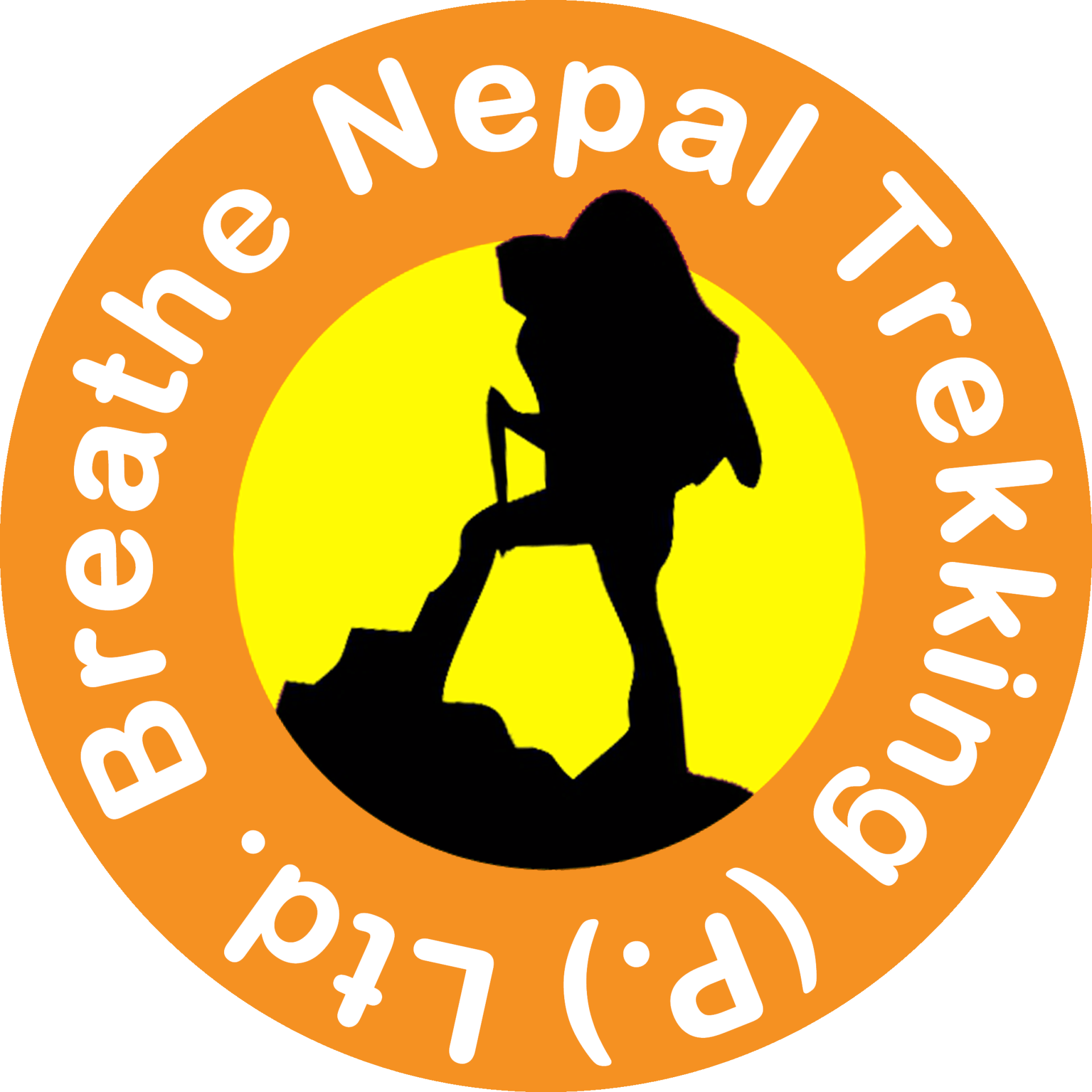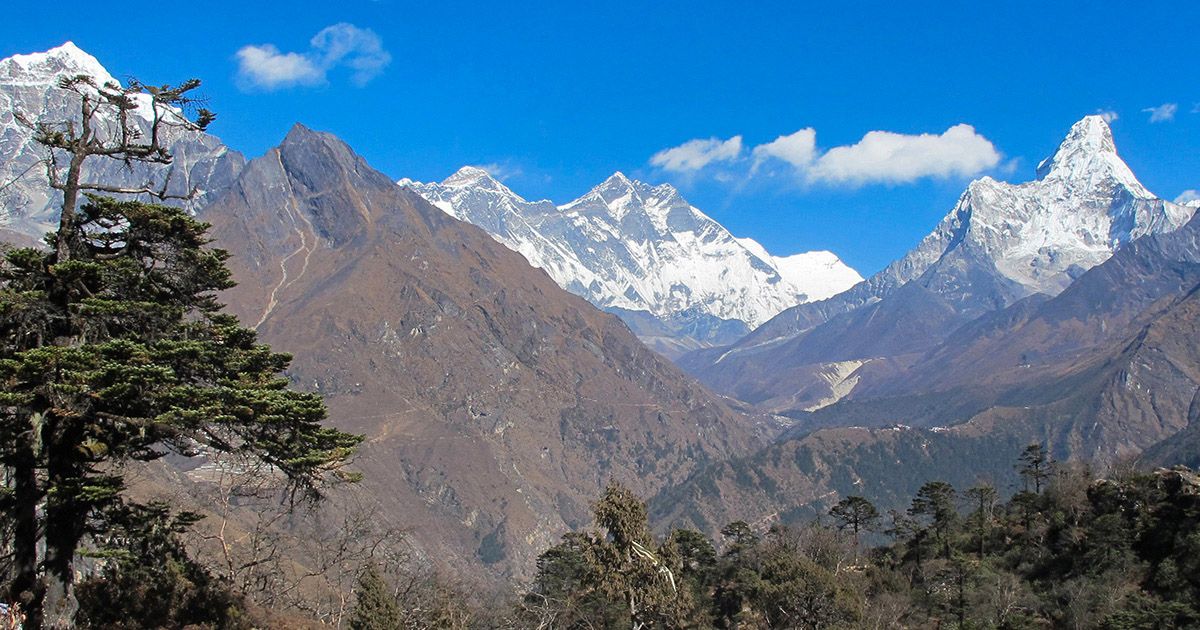Trekking Permits in Nepal
Nepal is a popular destination for trekkers, offering a wide range of trekking options, from easy to challenging routes. However, before embarking on a trek in Nepal, it is important to be aware that there are various permits and fees required for trekking in different regions of the country. These permits and fees are put in place to manage and monitor trekkers and to ensure their safety and well-being, as well as to support the local communities and maintain the trekking trails and infrastructure.
It is essential for trekkers to research and obtain the necessary permits and meet the requirements before beginning a trek in Nepal, as the permit requirements and fees can vary depending on the region and are subject to change. It is also important to keep the receipt of the permit and rural municipality fees as the trekkers may be asked to show the receipt at various check-posts along the trail.
There are four different types of trekking permits:
- Permits for National Parks and Conservation Areas
- Permits for Restricted Areas
- TIMS Permits
- Rular Municipality Fees
When booking a trek with Breathe Nepal Trekking, you can rest assured that we will handle the permit process and provide all necessary documents to the relevant authorities, ensuring a smooth and timely experience. Our extensive knowledge and experience in obtaining permits allows you to focus on your trek while we take care of the logistics. Trust in our registered company to provide top-notch service and ensure a safe and enjoyable trek in Nepal
Trekking Permits for National Parks and Conservation Areas
National Park Permits are required for trekkers who wish to explore the protected areas within Nepal's national parks. These permits are issued by the Department of National Parks and Wildlife Conservation and are necessary for trekking in popular destinations such as Annapurna Conservation Area, Langtang National Park and Sagarmatha National Park.The cost of a National Park Permit varies depending on the specific park and the length of the trek.
It is important to note that the fees for National Park Permits may be subject to change, so it is important to check the most current fees with the Department of National Parks and Wildlife Conservation before beginning a trek. In addition, it is also important to be aware that certain national parks may have additional regulations or requirements for trekkers, such as the need for a guide or a minimum group size.
It is also worth mentioning that for the restricted areas within the national park, the trekkers should have Restricted Area Permit in addition to the National Park Permit. And the cost of Restricted Area Permit varies depending on the area and the duration of the trek and it may require a special clearance from the Immigration office.
The following documents are required for National Park & Conservation Area permits:
- A copy of a valid passport or identity card
- Two passport-sized photographs
- A copy of travel itinerary
- A copy of TIMS permit
Trekking Permits for Restricted Areas
Restricted Area Permits are required for trekkers who wish to explore certain restricted areas within Nepal. These areas are considered more remote and remote, and are often less visited by trekkers. Some examples of restricted areas are Upper Mustang, Manaslu, Nar Phu and Dolpo. The cost of a Restricted Area Permit varies depending on the specific area and the length of the trek.
It is important to note that Restricted Area Permits are issued by the Department of Immigration and it is subject to change, so it is important to check the most current fees with the Department of Immigration before beginning a trek. In addition, trekkers are also required to have a TIMS permit and a National park permit in addition to the Restricted Area Permit.
It is also worth mentioning that for the restricted areas, the trekkers should have a guide and the minimum group size may be 2, and in some cases, the trekkers should have special clearance from the Immigration office.
It is also important to note that in some restricted areas, there are additional regulations or requirements, such as the need for a guide or a minimum group size, and in some cases, a special clearance from the Immigration office. It is therefore essential for trekkers to research and obtain the necessary permits and meet the requirements before beginning a trek in a restricted area in Nepal.
The following documents are required for Restricted Area permits:
- A valid passport or identity card (original, not copy)
- Two passport-sized photographs
- A copy of travel itinerary
- A copy of TIMS permit
- A copy of National Park Permit
- In some cases, the special clearance from the Immigration office is also required
Trekking Permits for Trekkers Management
TIMS (Trekkers' Information Management System) permit is mandatory for all trekkers in Nepal and it is issued to trekkers in two forms: individual and group. The TIMS permit is a system put in place to manage and monitor trekkers in Nepal and to ensure their safety and well-being while trekking in the country. The TIMS permit is valid for the entire duration of the trek and it is issued by the Nepal Tourism Board (NTB) and Trekking Agencies' Association of Nepal (TAAN).
It is important to note that TIMS permit is mandatory for all trekkers and it is required to trek in any region of Nepal, whether it is a national park, a conservation area or a restricted area. Trekkers are required to show their TIMS permit at check-post and police check-post along the trekking routes. TIMS permit can be obtained in Kathmandu as well as in Pokhara and other major trekking starting points. It is also possible to get TIMS permit online now. It is advisable for trekkers to obtain TIMS permit well in advance before starting their trek, to avoid any last-minute hassle.
It is also worth mentioning that TIMS permit is not only for trekkers, but also for those who are going for peak climbing, Expedition, and other adventure activities. In addition, TIMS permit also helps to track and manage the number of trekkers in the different regions, and to keep the trekking trails and the environment clean and sustainable.
The following documents are required for TIMS permits:
- A copy of a valid passport or identity card
- Two passport-sized photographs
- A copy of travel itinerary
Rular Municipality Fees
In addition to the various permits required for trekking in Nepal, trekkers may also be required to pay rural municipality fees. These fees are collected by the local rural municipalities and are used to support the local communities and to help maintain and develop the trekking trails and infrastructure in the area. The cost of rural municipality fees varies depending on the specific area and the length of the trek. The fees are usually a small amount, often less than $10 per person per day, but the cost can vary depending on the specific municipality and trail. These fees are collected at the entry point of the trekking trail by the rural municipality office.
It is important to note that the rural municipality fees are in addition to the other permits required for trekking in Nepal such as TIMS, National park permit, and Restricted Area Permit. These fees are usually not included in the package of trekking agencies and it is the responsibility of the trekkers to pay the fees at the entry point of the trekking trail.
It is also worth mentioning that the rural municipality fees are not only for trekkers but also for the other visitors who are visiting the area for other purposes, such as mountaineering, peak climbing, and other adventure activities. In addition, these fees also help to support the local economy, and to promote sustainable tourism.
It is essential for trekkers to research and find out the current fees for rural municipality fees before beginning a trek in Nepal, as the cost of these fees is subject to change and may vary depending on the region. It is also important to keep the receipt of the rural municipality fees as the trekkers may be asked to show the receipt at various check-posts along the trail.
Following permit prices apply for the season 2025/2026:
| Type of Permit | Price in $ (USD) |
|---|---|
| Sagarmatha/Everest National Park (SNP) | 35,00 |
| Annapurna Conservation Area (ACAP) | 30,00 |
| Manaslu Conservation Area (MCAP) | 20,00 |
| Langtang Conservation Area (LCAP) | 20,00 |
| Lower Dolpa Conservation Area (DCAP) | 20,00 |
| Upper Dolpa Conservation Area (UD) | 500,00 for the first 10 days |
| Upper Mustang Conservation Area (UM) | 500,00 for the first 10 days |
| TIMS (Annapurna, Manaslu, Langtang, Dolpa) | 20,00 |
| Municipality Fee (Sagarmatha/Everest) | 20,00 |
Do you need help?
We kindly request that you share your questions with us, and we will do our best to offer you the best possible assistance.

